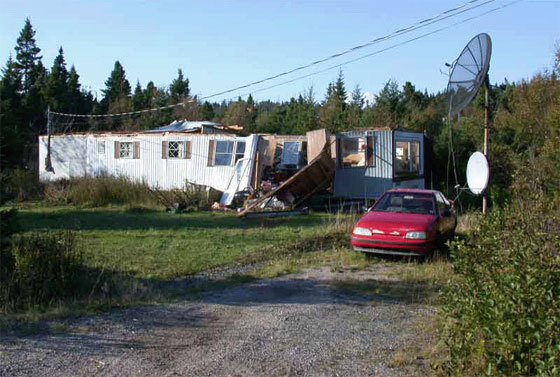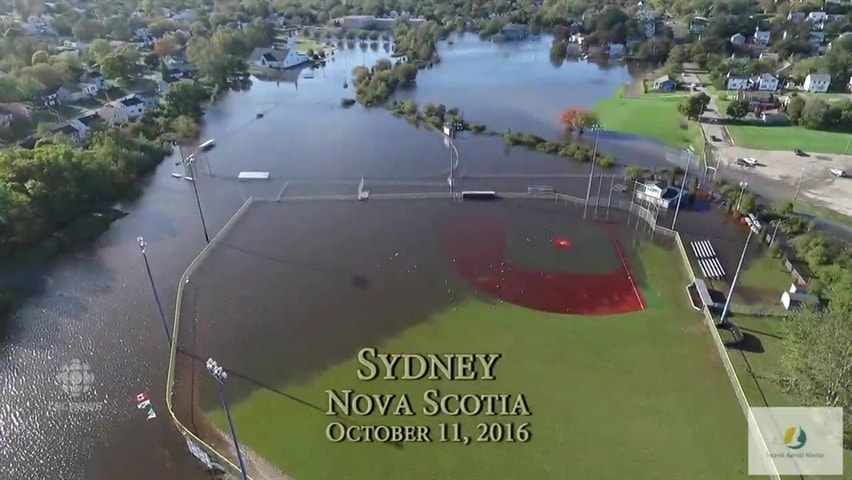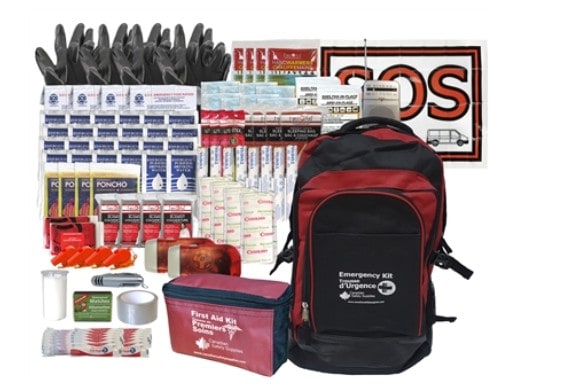
KJIPUKTUK (Halifax) – I’m a person with disability who lives independently, and I’m also living in poverty. This means it is hard to cover unexpected events.
This summer presented such a challenge when I found myself suddenly living in a huge construction zone. The noise makes my disability harder to manage; more importantly, my road has been inaccessible for up to 12 hours a day, for weeks on end.
For people with disability, especially if living in poverty, planning makes life possible.
If your home is inaccessible, or you are living with limited mobility, how do you plan around construction? How do we ensure home care visits happen on tight schedules? How do we get groceries and prescriptions when stores are open if our road is closed? How do we ensure water is delivered to people who can not leave home? How do people with limited mobility access specialized transportation or public transportation?
Why is there is no standard policy in place to identify and support vulnerable people living in construction zones? Municipal and provincial contracts should include a requirement to plan for these situations by contacting everyone living in a construction zone to identify needs, and to plan to address these needs in advance.
You might think “just call them” or “check the website for information”, but remember that living in poverty often means living with no internet, limited phone minutes, or being otherwise unable to communicate your needs when they arise unexpectedly. This can include being a member of the lgtbq community, and being fearful of discrimination and violence at your doorstep when reaching out for help.
Be prepared
All this got me thinking about another kind of preparedness as well. In Nova Scotia we must be ready to deal with hurricanes, power outages, floods, wildfires, and ice storms.

Citizens are urged to keep a household 72 hour “Emergency Go Kit”, it is considered a civic duty to prepare. The idea is to be ready to provide your own water, food, medical, and communication needs for 72 hours while emergency response plans are put into action.
But again, planning requires access to resources, and access to services – something members of many vulnerable communities, especially low income households, lack. Planning is especially important for any member of a vulnerable group: the chronically ill and disabled, the elderly, Indigenous Peoples, People of Colour, and the LGTBQ community.
Unfortunately, care gaps and discrimination still exist around ability, poverty, race, gender identity/presentation, sexual orientation, cultural needs, and recognizing a “family unit”.
GetPrepared.ca includes a document you can download called “Emergency Preparedness Guide for People with Disabilities/Special Needs”, it is a great free resource.
It recommends ‘building a support network’ as an important preparation item for people with special needs. This should be a group of at least three people who understand your special needs, and know how to operate any medical assist devices.

As Kendall Worth’s past articles have discussed, living in poverty often means living a life of isolation. If you have special needs and are living in isolation, please try and identify some community organizations that you trust to assist you.
For many living in poverty, people who live with disabilities, and those who live in rural Nova Scotia, even going to the library to print these pages can be a budget challenge.
A great idea would be for libraries and food banks to make some copies of these resources available for free. If you have the ability and resources, a kind and simple item to add to your emergency plan is “check in on vulnerable neighbours” or “identify community volunteer opportunities”.
GetPrepared.ca lists good additional items to consider. Since we’re focusing on low income and special needs, here are some important factors to include in your planning:
- Do you have a service animal? What supplies do they need?
- Do your medical devices need power to work?
- Can you signal for help verbally? (If not, add a whistle to your kit)
- Are your illnesses, disabilities, allergies, and food sensitivities listed?
- Do you have medical devices and use instructions listed?
- Do you have invisible disability? Pre-printed instructions can help.
- Do you have vision, hearing, or speech impairment? What resources do you need to address communication needs?
Making A 72 Hour Emergency Kit
You can purchase a ready made emergency household kit from the Red Cross, but a basic kit for a single person retails for $93.29, and a four person basic kit is $175.99. These kits do not include food, medications, or special needs items.

If you shop around, you can find ready made kits for less, but they are still expensive. I can assure you, anyone living in poverty can not afford them.
Fortunately, we can make our own. Unfortunately, this still might be very difficult to do all at once of you live below the poverty line.
A basic 72 hour kit includes:
- Water – 2L/person/day (include small bottles that can be easily carried in case of an evacuation order)
- Food that won’t spoil, especially food that does not require cooking (canned food, energy bars and dried foods).
- Manual can-opener
- Wind-up or battery-powered flashlight (and extra batteries)
- Wind-up or battery-powered radio (and extra batteries)
- First aid kit
- Special items such as prescription medications
- Extra keys to your car and house
- Cash in smaller bills, such as $10 bills and change for payphones
- Special items according to your needs (i.e. infant formula, diapers, special equipment and medical supplies, pet food and water, etc)**
- A copy of your emergency plan and contact information
- Photocopies of personal identification and insurance documents
There are no easy solutions for preparing for an emergency when poor (except raising minimum wage and income assistance rates, so people have the means to provide their own care!).
In the meantime, the best solution is to think about how to use what you already have.
School season sales and second hand stores might offer some good bargains, so looking for a few items a month to add to your kit is a good idea (like a first aid kit, bottled water, batteries, or canned goods). It would be great if food banks would consider adding emergency preparedness kit items to their donation lists.
The best plan for an emergency is a personalized plan, and ensuring that vulnerable people have the means to prepare for their own needs is smart planning!
With a special thanks to our generous donors who make publication of the Nova Scotia Advocate possible.
Subscribe to the Nova Scotia Advocate weekly digest and never miss an article again. It’s free!




Hello,
Kendall Worth Here!
First – I just want to say this is such a great story and stories like this are sad and strongly gives the message that Poverty and Social isolation are related t one another. Here is the link to stories I had written in the Advacte in the past. https://nsadvocate.org/author/kendall-worth/ I invite anyone fallowing this story to click on the link I just provided and enjoy reading.